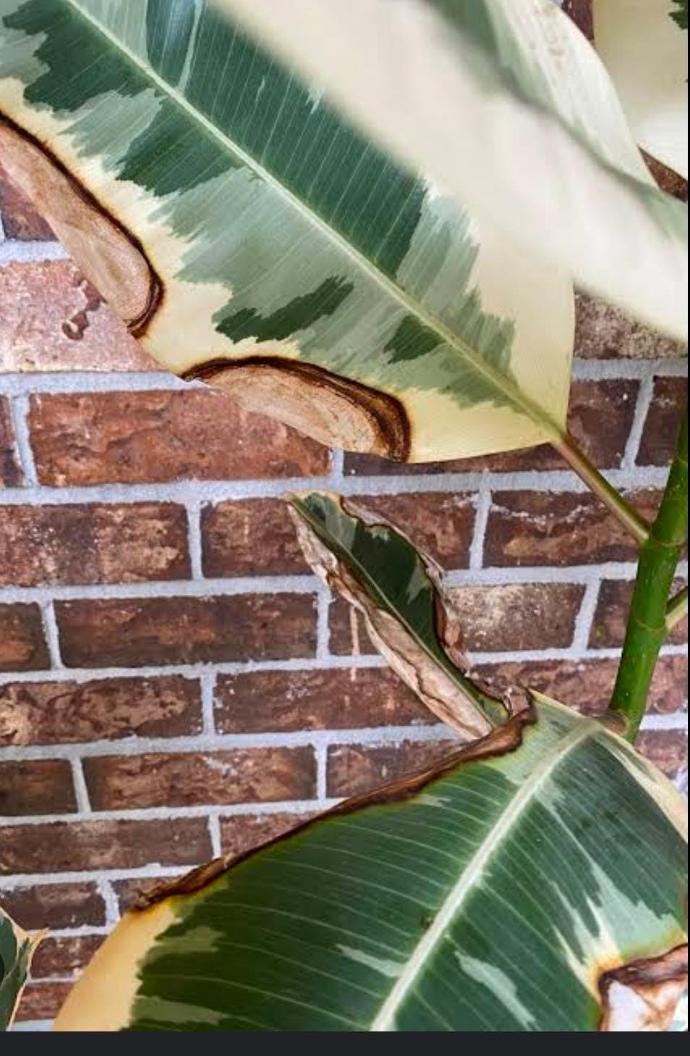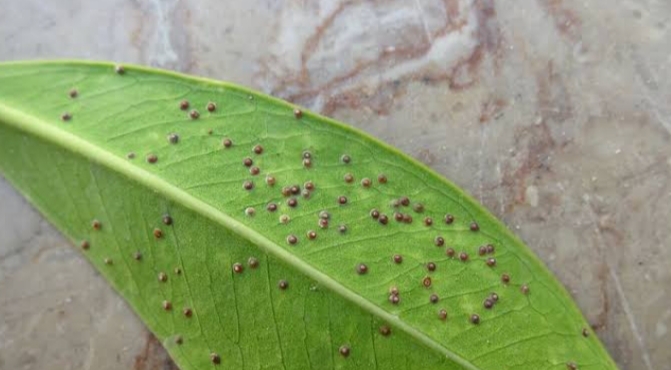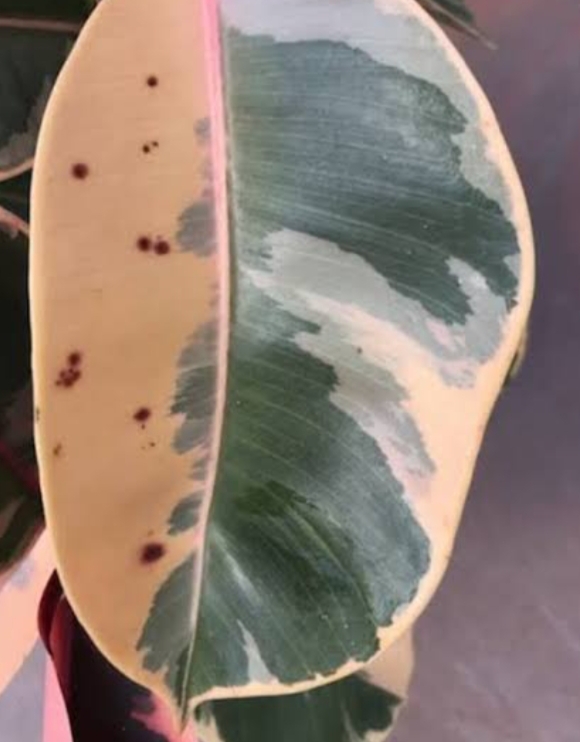Microcarpa ficus Plant
Microcarpa Ficus, also known as Ficus microcarpa, is an indoor or outdoor plant. Plant in well-draining soil and provide bright, indirect light. Allow the soil to partially dry between waterings. Pruning can be done to shape the plant and remove leggy growth. 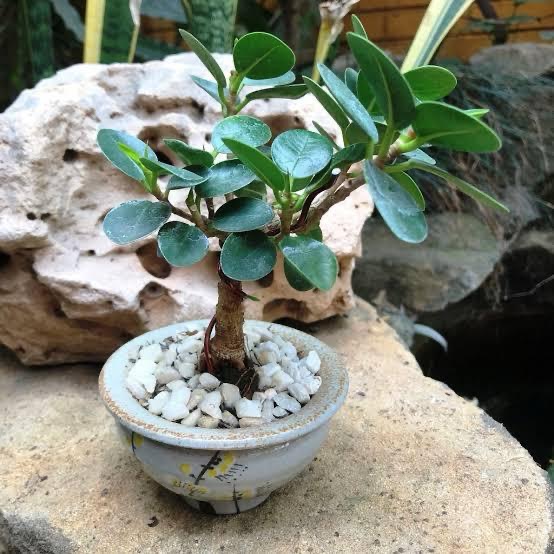
Habit
Tree
Height
3 to 4 m
Growth
Moderate
Soil
Well-drained, Loamy
Shade
Partial shade to Full Sun
Moisture
Moist
Edible
No
Medicinal
Yes
Origin
Southeast Asia
Climatic Condition
Tropical, Subtropical
Temperature (°)
20°C to 30°C
Humidity (%)
60% to 80%
Potting media
50% Loam, 40% Sand, 10% Organic Matter
Fertilizers
Organic Fertilizer
Watering
Regular watering
Plant Weight
5 to 10 kg
Flowering Time
Spring to Summer
Soil Ph level
6.0 to 7.5
Water Ph level
6.0 to 7.0
Soil EC
0.6 to 1.2 mS/cm
Yield Per Plant
30 to 50 kg per plant
NPK ratio
10:10:10
life Span
20 to 30 years
Health Benefits
Ornamental, Air-purifying
Suggested Grow Media or Potting Mix ?
50% peat moss, 30% perlite, 20% compost
Suggested Fertigation/Fertilizers
Fertilize every 4 weeks with a balanced fertilizer.
Common Diseases and Remedies
Anthracnose , Bacterial leaf spot
Greasy appearance , angular yellow spots , Spots turn yellow and then die .
Purchase plants free of the diseases . Avoid overhead watering .
HEALTH BENEFITS
- Traditional medicine uses it for treating respiratory and digestive issues.
- Has antimicrobial and anti-inflammatory properties.
- The latex is used in folk remedies for skin conditions.
What Is An Microcarpa Ficus ?
Ficus Microcarpa, also known as Indian laurel fig or Chinese banyan, is a popular plant for indoor and outdoor use. It is known for its glossy green leaves and ability to adapt to different lighting conditions. It is relatively easy to care for, requiring occasional watering and pruning to maintain its shape. However, they can be sensitive to sudden changes in their environment or care.

What Are The Different Types Of Microcarpa Ficus ?
1. Ficus microcarpa 'Green Island'
A compact variety with small, dark green leaves.
2. Ficus microcarpa 'Ginsen'
Characterized by its thick, bulbous trunk and small, glossy leaves.
3. Ficus microcarpa "Golden Gate"
Has variegated leaves with creamy white edges.
4. Ficus microcarpa 'Moclame'
Compact shape with twisted, woven stem and glossy leaves.
5. Ficus microcarpa 'Nitida'
Also known as Indian laurel fig, it has large, glossy green leaves and a more upright nature.
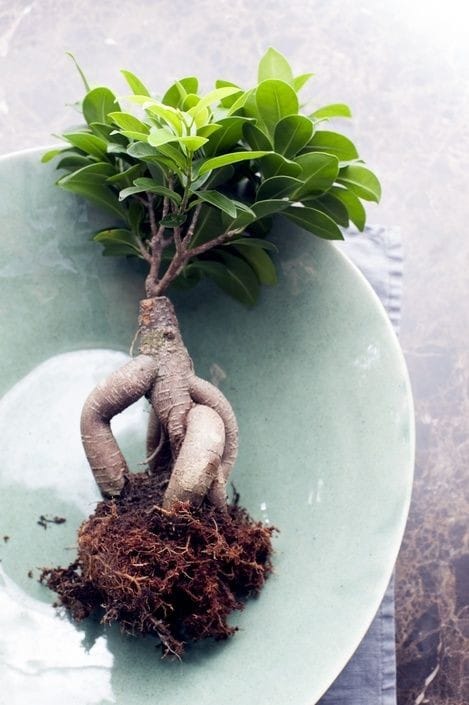
How To Care Microcarpa Ficus ?
1. Location
The Ficus microcarpa plant is native to regions of Asia including China, India, Malaysia, Taiwan, and Indonesia. It is usually found in tropical and subtropical climates, growing in forests, riverbanks, and urban areas. However, they are also commonly grown as ornamental plants in gardens and parks, and as indoor plants in various parts of the world, including regions with temperate climates.
2. Sunshine
Ficus microcarpa plants generally prefer bright indirect sunlight. It can tolerate some direct sunlight, especially in the morning and late afternoon, but prolonged exposure to strong sunlight can cause leaf burn and stress. Indoors, it's ideal to place it near a bright window that receives filtered sunlight. Outdoors, it grows in partial shade or dappled sunlight.
3. Soil
Ficus microcarpa plants prefer well-drained soils that are rich in organic matter. A suitable potting mix for houseplants is equal parts peat moss, perlite, and regular potting soil. Outdoors, it grows in loamy, fertile soil with good drainage to avoid waterlogging. Adding compost and organic materials to your soil improves its texture and fertility, ensuring optimal growing conditions for your plants.
4. Hydration
Proper hydration is very important for the health of Ficus microcarpa plants. It prefers slightly moist soil, but overwatering can cause root rot. Allow the top 1 to 2 inches of soil to dry between waterings, then water thoroughly to drain excess water. During the growing season (spring and summer) it is necessary to water more frequently, but during the dormant period (autumn and winter) it is necessary to water less frequently. Monitor soil moisture levels and adjust irrigation accordingly to prevent both water shortages and overwatering.

5. Nourishment
Ficus microcarpa plants support healthy growth and foliage with regular fertilization during the growing season. You can use a balanced water-soluble houseplant fertilizer or a slow-release granular fertilizer applied according to the manufacturer's instructions. Fertilize every 4 to 6 weeks during the growing season, usually from spring to early fall. However, reduce or stop fertilizing during the dormant period from late fall to winter. Be sure to water thoroughly after fertilizing to prevent root burn.
6. Issues
Common pests include spider mites, aphids, scale insects, and mealybugs. Inspect plants regularly for signs of pest infestation and treat immediately with insecticidal soap or neem oil if necessary. Overwatering or poor drainage can cause root rot, which causes leaves to turn yellow, wilt, and emit a strange odor. To prevent root rot, allow the soil to dry between waterings before providing good drainage. Ficus microcarpa plants are susceptible to fungal diseases such as powdery mildew and leaf spot.
What are the Benefits of Microcarpa Ficus ?
Like many houseplants, Ficus microcarpa improves indoor air quality by removing toxins such as formaldehyde and benzene from the air. Its glossy green leaves and attractive habit make it popular for indoor and outdoor use. Ficus microcarpa requires moderate watering and indirect sunlight, making it relatively easy to care for and suitable for both beginners and experienced plant owners. When grown outdoors, it can form a dense green hedge that provides privacy and reduces noise pollution. With its small leaves and ability to withstand regular pruning, Ficus microcarpa is a great choice for bonsai enthusiasts.

FAQs About Growing Microcarpa Ficus
1. Can Ficus microcarpa be grown as an indoor bonsai ?
Yes, Ficus microcarpa is a popular variety for indoor bonsai cultivation. It has small leaves, is resistant to pruning, and has the ability to grow aerial roots, making it suitable for growing bonsai.
2. What are some creative ways to incorporate Ficus microcarpa into your indoor or outdoor landscape design ?
Place a large Ficus microcarpa tree in a prominent indoor location, such as the living room or entryway, to create a focal point and enhance the room. Add a touch of green to. Use Ficus microcarpa along with other houseplants to create a green wall indoors. This will help improve air quality and create visually stunning walls.
3. What are the economic or commercial uses of Ficus microcarpa ?
Ficus microcarpa is widely used in bonsai cultivation due to its small leaves, easy care, and ability to develop aerial roots. Bonsai enthusiasts and nurseries sell Ficus microcarpa bonsai trees as ornaments and gifts.
4. Does Ficus microcarpa have any traditional or modern medical uses ?
Traditional medical practices such as Ayurveda and Traditional Chinese Medicine (TCM) use ficus microcarpa from its leaves, bark, and roots. Extracts are used to relieve digestive problems such as diarrhea, constipation, and indigestion.
5. How often should I water my Microcarpa Ficus ?
Before watering, check the moisture content of the soil by sticking your finger about 1 inch into the soil. If it feels dry, it's time to water. Generally, water your Microcarpa Ficus when the top of the soil feels dry. This occurs approximately every 7-10 days during warmer months and less frequently during colder months.

